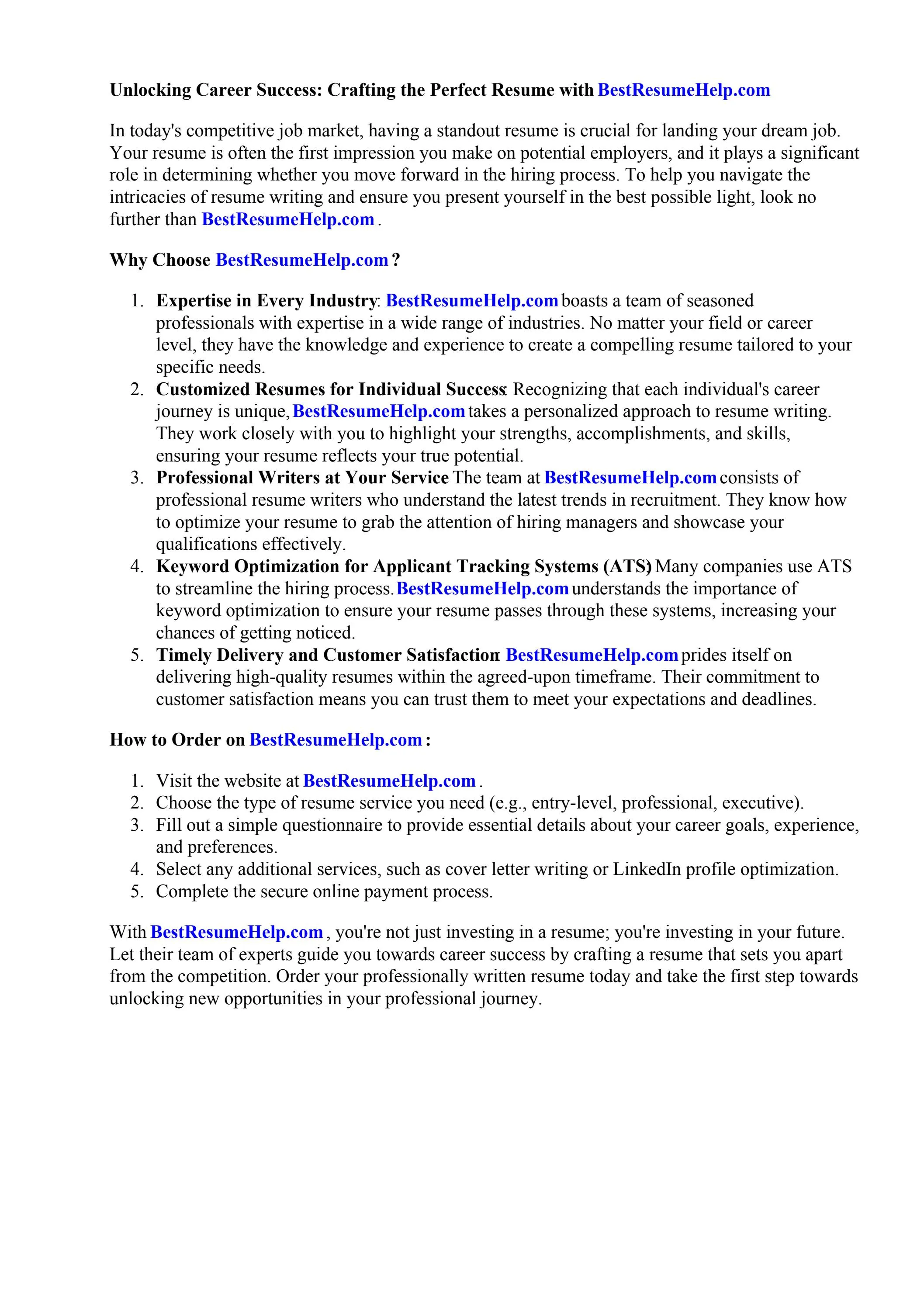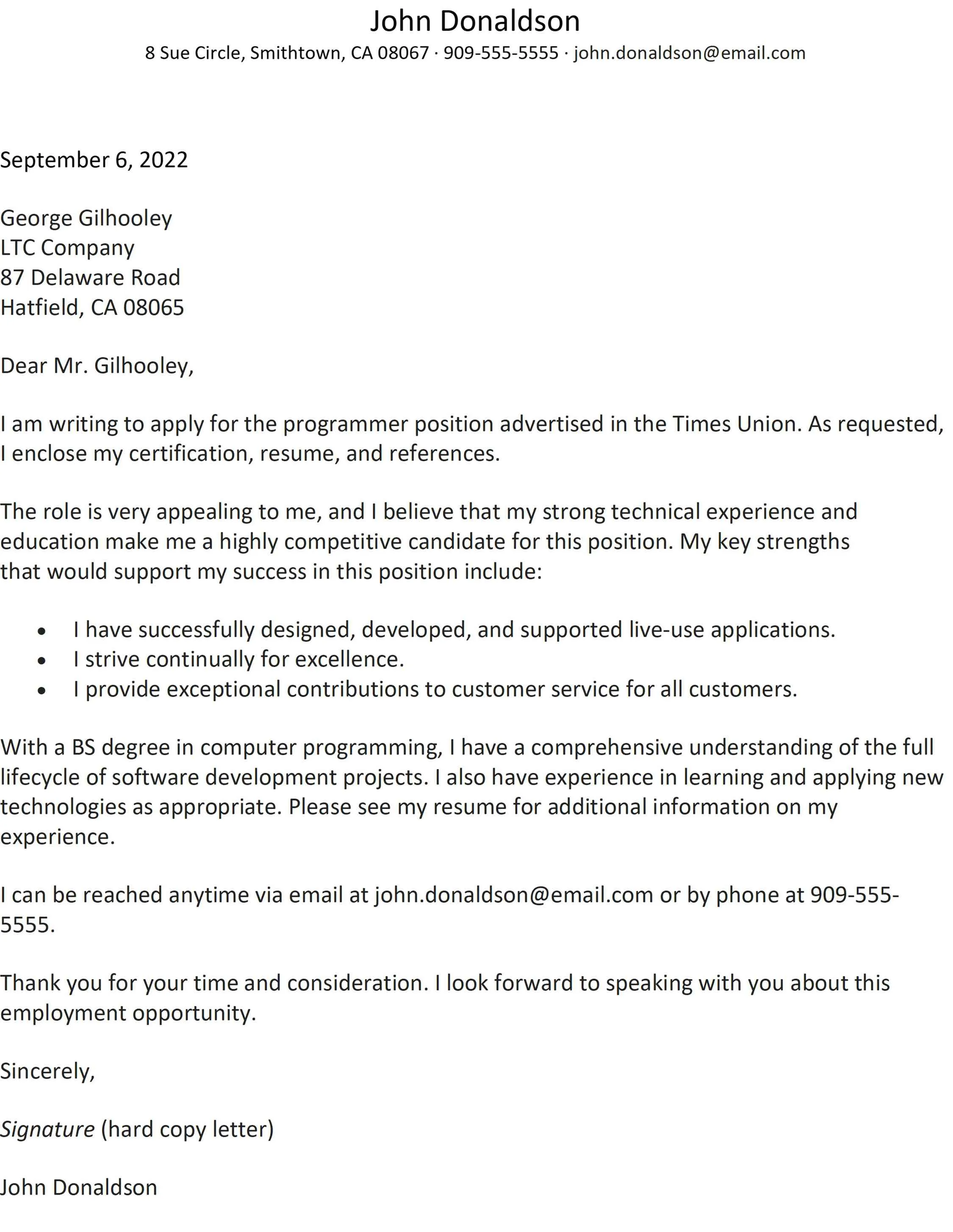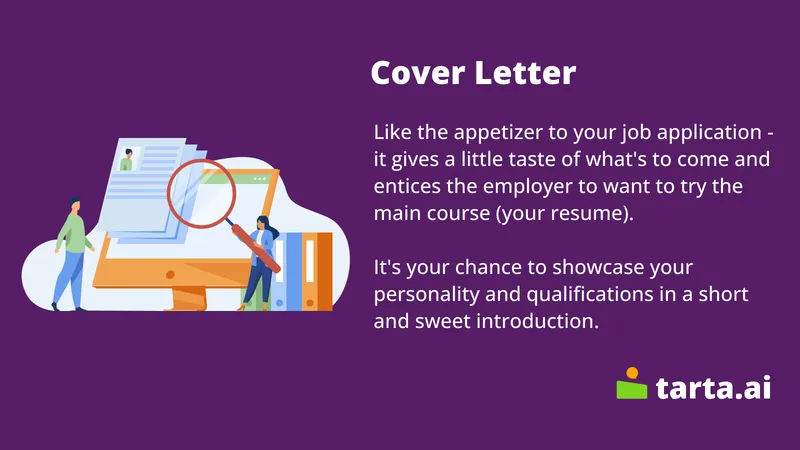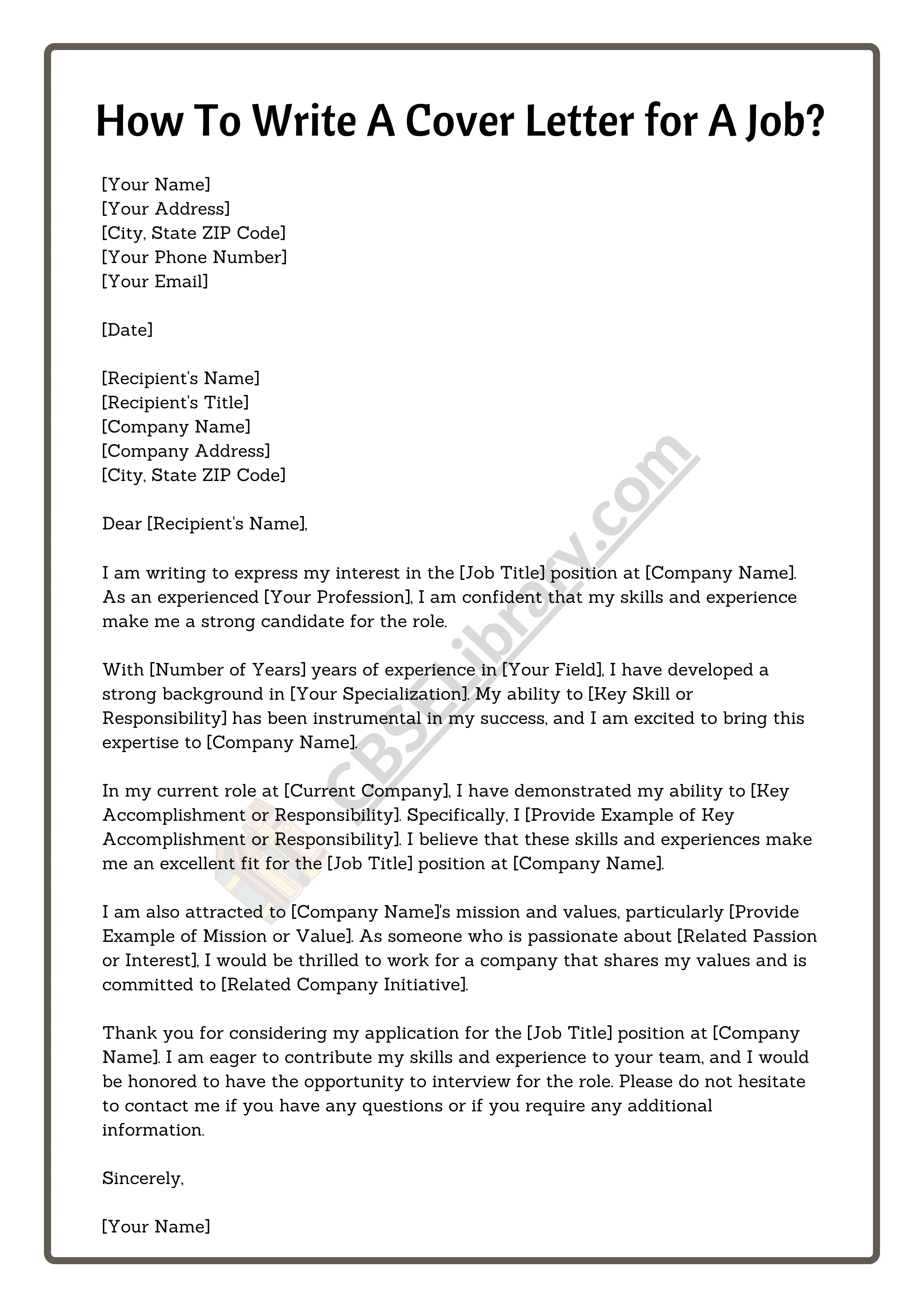What is a Cover Letter
A cover letter is a one-page document that you submit as part of your job application alongside your resume. Its primary purpose is to introduce you to the hiring manager and express your interest in a specific job. Unlike a resume, which provides a factual summary of your work history and skills, a cover letter allows you to showcase your personality, enthusiasm, and writing skills. It provides an opportunity to elaborate on your qualifications, explain why you’re a good fit for the role and the company, and demonstrate your understanding of the job requirements. A well-crafted cover letter can significantly increase your chances of getting an interview, as it goes beyond the basic information presented in your resume and gives employers a glimpse of who you are beyond your professional experience.
The Importance of a Cover Letter
In today’s competitive job market, a cover letter is often a crucial component of a successful job application. It serves as your first impression, allowing you to make a compelling case for why you should be considered for the position. A cover letter demonstrates your communication skills, writing proficiency, and attention to detail, which are essential qualities in most professional roles. Moreover, it provides you with the opportunity to tailor your application to each specific job and company, highlighting the skills and experiences most relevant to the role. By showcasing your genuine interest and enthusiasm, a cover letter can set you apart from other candidates and make a memorable impact on the hiring manager. Some employers may not even review applications that are missing a cover letter, making it a mandatory step in your job search strategy.
Top 5 Cover Letter Secrets

Crafting an effective cover letter can seem daunting, but by following these five secrets, you can significantly improve your chances of success. These tips will help you to craft a cover letter that stands out to a hiring manager. First, make sure you tailor each cover letter to the specific job and company. Second, highlight your skills and experiences that are most relevant to the position. Third, use a professional tone and format, and proofread carefully for any errors. Fourth, showcase your enthusiasm for the role and the company. Finally, keep it concise and focused, aiming for one page in length. Mastering these secrets is the key to opening doors to new job opportunities.
Highlighting Your Skills and Experience
When writing your cover letter, focus on the skills and experiences that align with the job description. Don’t just list your responsibilities; instead, provide specific examples of your accomplishments and how you’ve used your skills to achieve results. Quantify your achievements whenever possible by using numbers and data to demonstrate your impact. For example, instead of saying “Managed social media accounts,” you could say “Increased social media engagement by 30% in six months.” Use keywords from the job description to show that you understand the requirements of the role and that your qualifications match the employer’s needs. By providing concrete evidence of your abilities, you can convince the hiring manager that you are a strong candidate for the position. Remember to provide quantifiable achievements, such as numbers.
Customizing Your Cover Letter
Generic cover letters are easily identifiable and often discarded. Customizing your cover letter for each job application is essential to show your genuine interest and understanding of the role. Start by researching the company and the specific job posting to understand the company’s mission, values, and the requirements of the position. Address your cover letter to the hiring manager by name whenever possible, as this shows you’ve taken the time to do your research. In the body of your letter, highlight the specific skills and experiences that make you a good fit for the role, and explain why you’re excited about the opportunity. Demonstrate your knowledge of the company and how your goals align with their mission. By customizing your cover letter, you demonstrate your level of investment and increase your chances of getting noticed by the employer, increasing your chances of a second look.
Formatting and Presentation

The format and presentation of your cover letter are just as important as the content. Use a clean, professional font like Times New Roman, Arial, or Calibri, and maintain a consistent font size of 11 or 12 points. Keep the letter to one page and use clear formatting, including headings, bullet points (if appropriate), and ample white space to make it easy to read. Use a standard business letter format, with your contact information at the top, the date, the hiring manager’s information, and a professional closing. Proofread your cover letter carefully to eliminate any grammatical errors, typos, or formatting issues. A well-formatted cover letter shows attention to detail and professionalism, which can leave a positive lasting impression on the hiring manager.
Proofreading and Editing
Proofreading and editing are crucial steps in the cover letter writing process. Before submitting your cover letter, carefully review it for any errors in grammar, spelling, punctuation, and formatting. Errors can undermine your credibility and make a negative impression on the hiring manager. Read your cover letter aloud to catch any awkward phrasing or grammatical mistakes. Ask a friend, family member, or career counselor to review your cover letter for feedback and suggestions. They can provide a fresh perspective and identify areas for improvement. Consider using grammar and spell-check tools, but don’t rely on them completely. Ensure your cover letter is polished and error-free before submitting it. This will showcase your professionalism and attention to detail.
Cover Letter Examples
Reviewing cover letter examples can provide valuable insights and inspiration as you write your own. Many online resources offer templates and examples tailored to various industries and job types. Look for examples that are well-written, concise, and customized to specific positions. Pay attention to the tone, language, and structure used in the examples. You can adapt these to your own cover letter, ensuring it reflects your unique qualifications and personality. When using examples, remember to personalize them with your own experiences and accomplishments. Don’t just copy and paste; instead, use the examples as a guide to help you create a compelling cover letter that stands out from the competition. The use of examples will provide some basic rules you can use while drafting your own cover letter.
Cover Letter Mistakes to Avoid

Several common mistakes can damage your chances of getting hired. Avoid generic cover letters that are not customized to the specific job. Don’t simply repeat your resume; instead, expand on your qualifications and provide additional context. Refrain from using overly formal or informal language. Keep it concise and focused, typically no more than one page. Avoid typos, grammatical errors, and formatting inconsistencies. Don’t include irrelevant information or personal details that are not related to the job. Never lie or exaggerate your accomplishments. Finally, don’t forget to proofread and edit your cover letter carefully before submitting it. By avoiding these common mistakes, you can create a cover letter that makes a positive impression and increases your chances of getting an interview.
The Benefits of a Well-Written Cover Letter
A well-written cover letter offers many advantages in the job application process. It showcases your personality and enthusiasm, helping you to make a positive first impression on the hiring manager. It allows you to highlight your relevant skills and experiences, demonstrating why you are a good fit for the role. It demonstrates your communication skills and attention to detail, which are essential in most professional settings. Moreover, a cover letter provides an opportunity to address any gaps in your work history or explain your career goals. Finally, it can significantly increase your chances of getting an interview, as it sets you apart from other candidates and helps you to stand out. Investing time and effort in crafting a compelling cover letter is a worthwhile investment in your job search.
